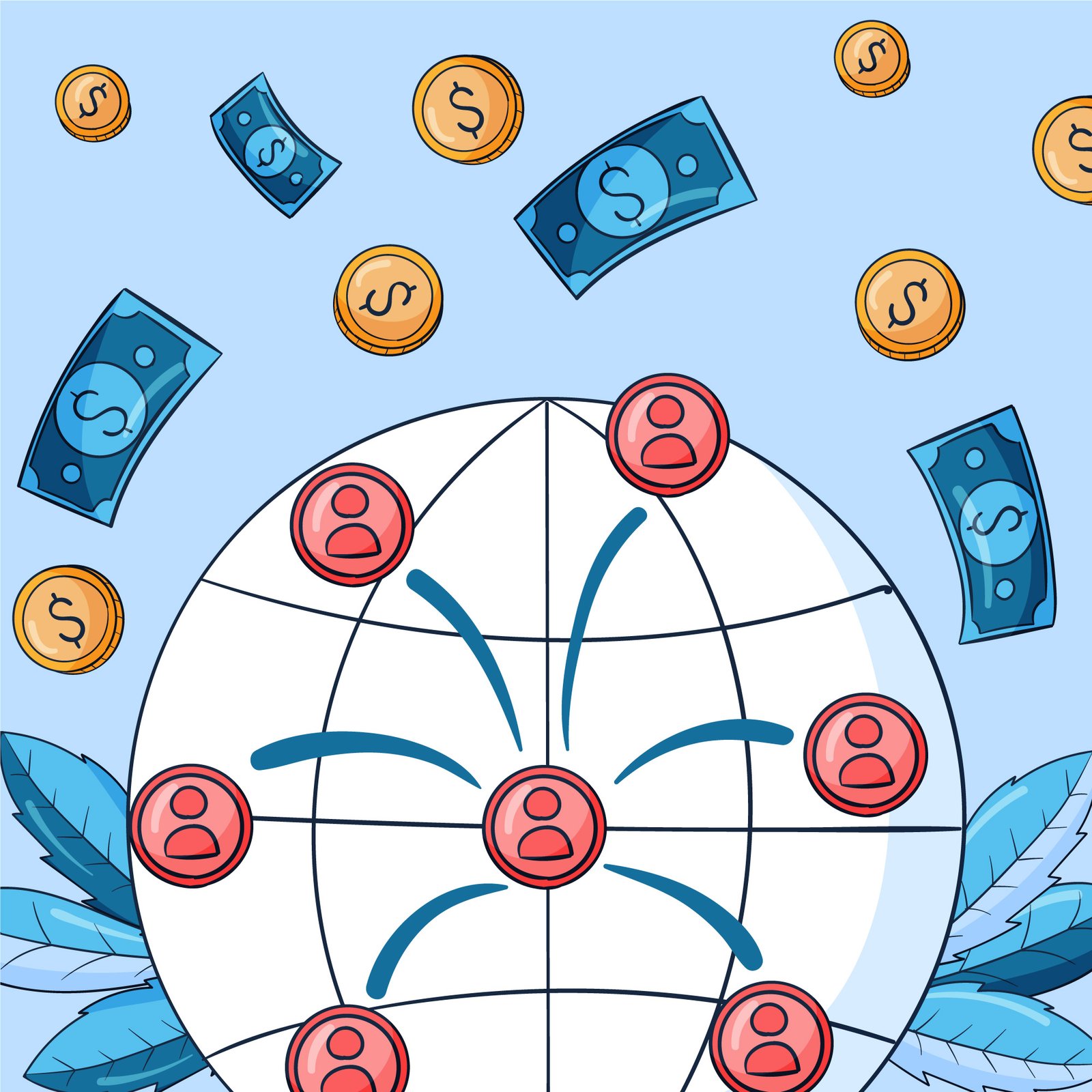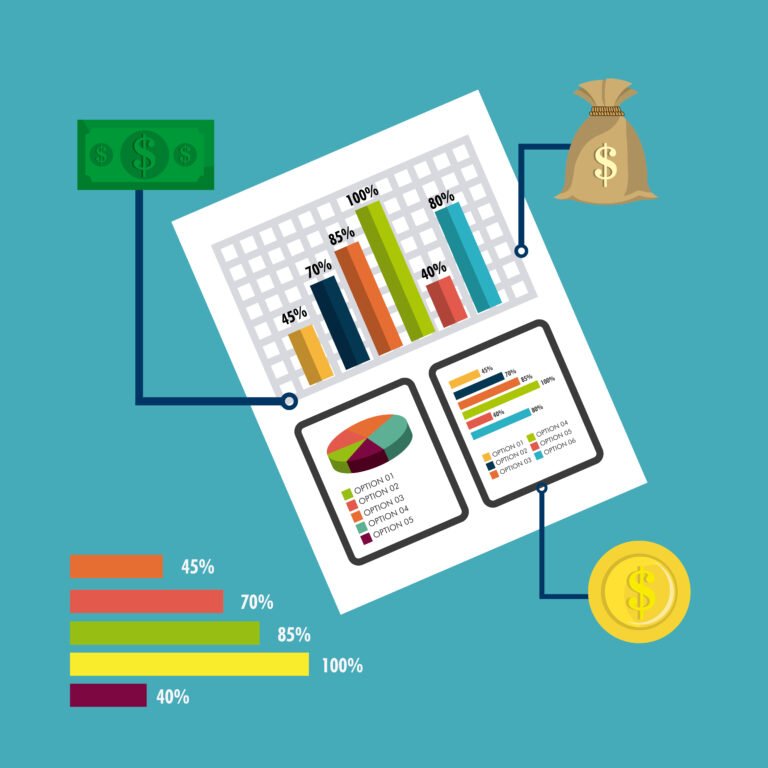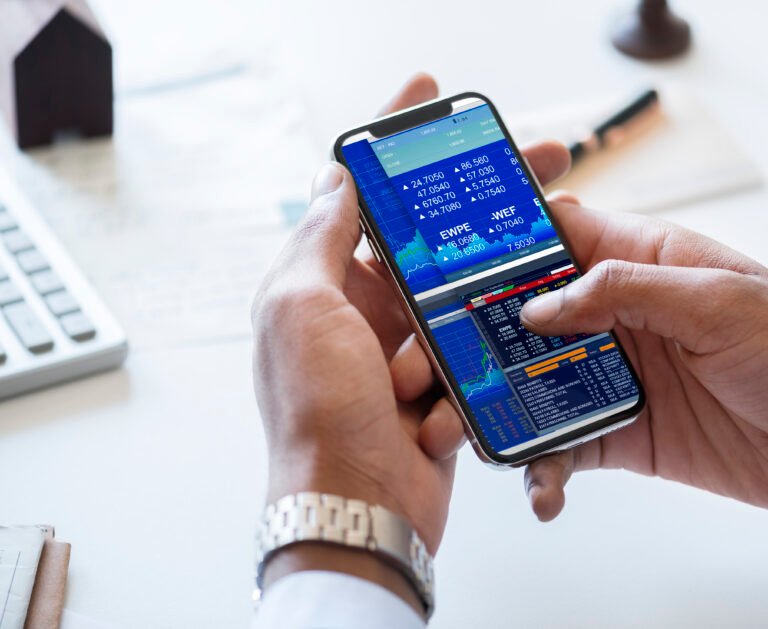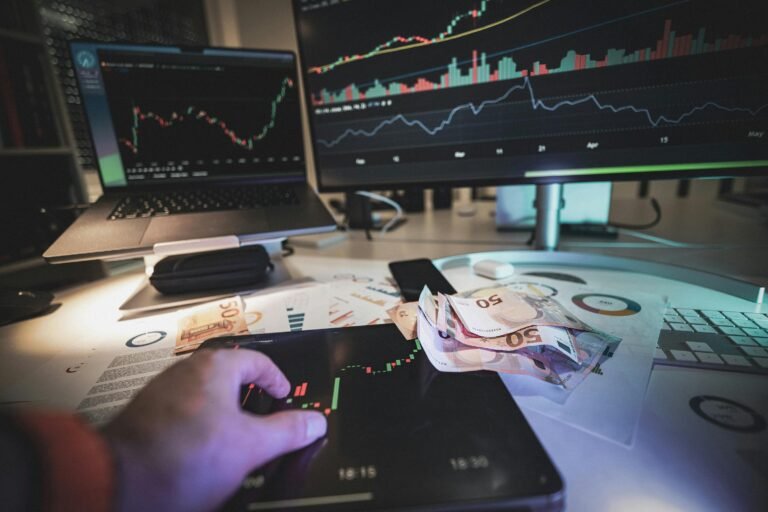9 Red Flags in Crypto Signals Most Traders Miss
1. Why You Must Question Every Signal
In the fast-paced world of crypto trading, signals promise shortcuts to wealth—buy here, sell there, and pocket the profits. Sounds easy, right? But here’s the truth most beginners miss: not all signals are created equal, and many can do more harm than good.
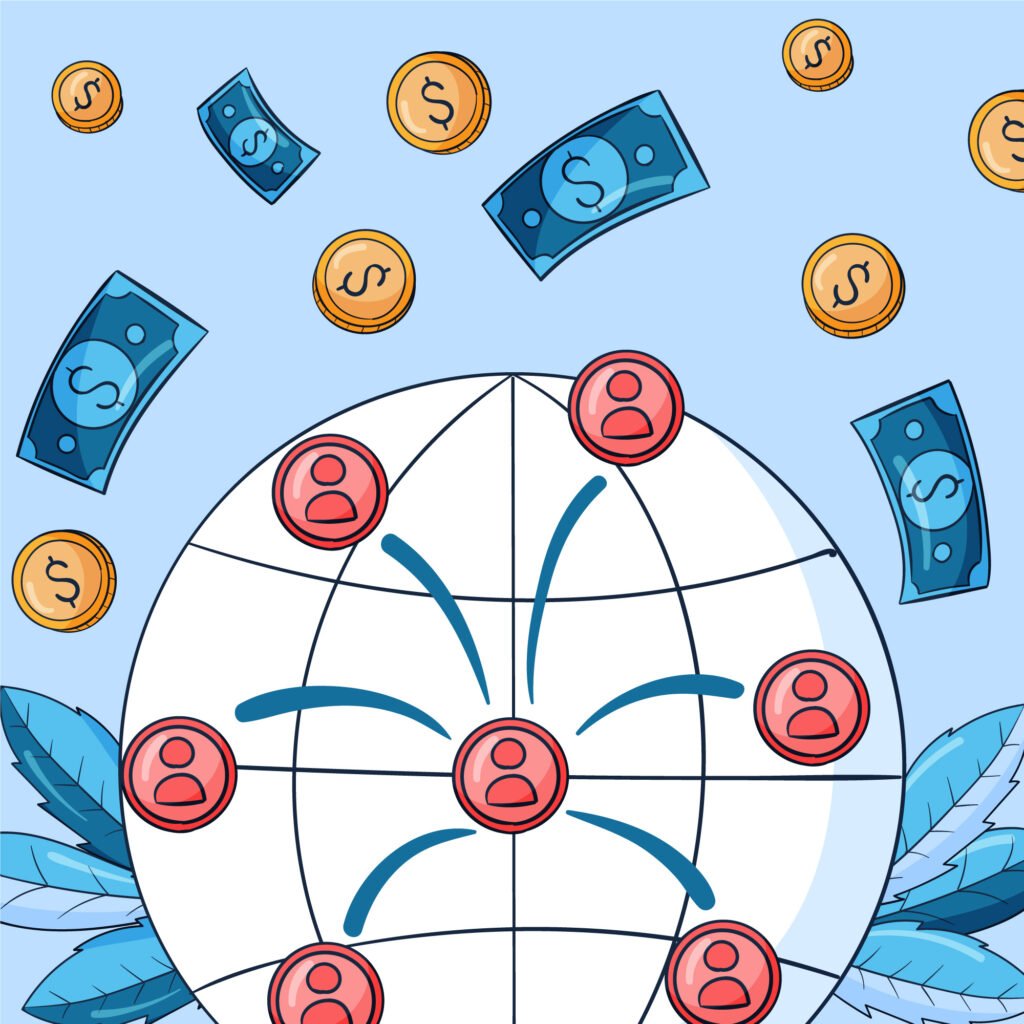
The Illusion of Easy Profits
The rise of Telegram groups, Discord servers, and influencer-driven signal channels has made it feel like crypto trading success is just one alert away. But blindly following signals—especially those filled with hype and no accountability—can quickly drain your funds. Easy money often comes with hidden traps.
How Signal Red Flags Can Save Your Portfolio
Recognizing the red flags in crypto signals isn’t just about avoiding scams—it’s about protecting your capital, your confidence, and your long-term strategy. Whether you’re a beginner or a seasoned trader, learning to spot these warning signs can mean the difference between compounding gains and compounding losses.
2. Red Flag #1: No Verified Track Record
In the world of crypto signals, bold claims are everywhere. “90% win rate,” “10x in a week,” or “99.9% accuracy” are flashy—but often fake. The first and most common red flag is a provider who brags about massive profits but offers zero proof.
Claims of 90% Accuracy With No Proof
Let’s be clear: if someone is consistently making those kinds of returns, they wouldn’t be selling signals to strangers—they’d be quietly compounding wealth. High win-rate claims without public, time-stamped evidence are a huge red flag. Screenshots can be faked, and cherry-picked trades only tell part of the story.
What you want is real, unedited performance data:
- Public portfolios (e.g. via platforms like Myfxbook or CoinMarketCap’s copy trading features)
- Archived trade calls (not deleted or edited later)
- Full transparency on losses and risk/reward
How to Verify Signal Performance Yourself
Before you follow any provider, ask:
- Do they share a live portfolio or verifiable trading history?
- Can you access a Google Sheet, spreadsheet, or link with past trades, wins AND losses?
- Are they transparent on how success is measured—risk-adjusted returns, not just total gains?
If they avoid these questions or get defensive—walk away.
3. Red Flag #2: Anonymous or Unverified Signal Providers
In an industry with minimal regulation, trusting faceless individuals with your trading decisions is a dangerous gamble. Many signal providers operate behind usernames, avatars, or fake identities—especially on Telegram, Discord, and X (Twitter).
Who Are You Really Trusting?
If you can’t verify who’s behind the signals, how can you trust their credibility, experience, or motives? Many anonymous providers disappear after a bad streak or scam, rebranding under a new handle within days. No accountability = no safety.
Ask yourself:
- Is the provider’s identity verifiable (LinkedIn, real-name YouTube, or a known trader profile)?
- Do they have a history of delivering value beyond signals (e.g., education, analysis, or public speaking)?
- Are they traceable and reachable—or hiding behind burner accounts?
The Dangers of Blind Trust in Telegram & Discord Channels
Telegram and Discord are breeding grounds for pump-and-dump schemes, fake admin impersonators, and coordinated shilling. Without clear accountability, you’re following someone who might not even be trading with their own money—or worse, profiting from misleading you.
Never forget: trust requires transparency.
4. Red Flag #3: Zero Risk Management Guidelines
A signal that says “Buy BTC now!” without any mention of stop-loss, take-profit levels, or position sizing is not a signal—it’s a coin toss. And in crypto, even a small mistake can lead to major losses.
Why Entry Without Stop-Loss = Gambling
Markets don’t always go up. When you’re given a signal with no downside protection, you’re being led into high-risk trades without a safety net. Risk management isn’t optional—it’s what separates professionals from gamblers.
Warning signs:
- No stop-loss or only “loose suggestions”
- No max drawdown or trade size guidance
- No discussion of capital preservation
A Good Signal Explains Risk and Position Sizing
A reliable signal should include:
- Entry price
- Stop-loss level
- Take-profit target(s)
- Recommended risk per trade (e.g., 1–2% of account)
Bonus: The best providers even explain why they set those levels, helping you learn instead of just copy.
Without risk rules, even a good trade idea can become a bad habit.
5. Red Flag #4: Overloaded With Signals
It may seem like a good thing when a provider drops 10+ signals a day—but in reality, more isn’t better. Signal overload is often a red flag that the provider is either guessing or trying to keep followers hooked through sheer volume.
Quantity Over Quality: A Sign of Desperation
When signal groups flood your feed with constant calls, it’s a clear sign they’re focused on engagement, not accuracy. True professionals wait for high-probability setups—not every price wiggle.
⚠️ Beware of:
- Multiple conflicting trades (e.g., “Buy BTC” and “Short BTC” in the same day)
- Constant updates with no follow-up on previous calls
- Lack of selective, well-timed trades
Why Too Many Signals Lead to Overtrading
Overtrading is one of the fastest ways to destroy your portfolio. Frequent, emotionally-driven trades result in:
- Higher fees and slippage
- Increased exposure to loss
- Mental fatigue and decision burnout
Quality signals are rare—and worth the wait.
Always choose precision over noise.
6. Red Flag #5: Signals Without Market Context
A signal that tells you to “buy” or “sell” without any explanation is no better than a coin flip. Without context, you have no way of understanding why you’re entering the trade or when to exit beyond someone else’s opinion.
Blind Entries Without Technical or Fundamental Reasoning
Any provider who sends one-line alerts without charts, indicators, or market rationale is asking you to trade blindly. That’s not trading—that’s trusting someone else to think for you.
Red flags include:
- No chart screenshots or trade analysis
- No references to news, trends, or market sentiment
- No discussion of broader timeframe or market structure
Look for Signals That Educate, Not Just Dictate
Good signal providers share the reasoning behind every call:
- Technical setups (breakouts, support/resistance, RSI, MACD, etc.)
- News catalysts (Fed decisions, ETF news, major partnerships)
- Risk/reward analysis and exit strategy
This not only builds trust—it helps you learn and improve as a trader, so you’re not dependent forever.
A good signal should make you smarter, not just richer.
7. Red Flag #6: Constant Signal Editing or Deletion
Some signal providers make it seem like they never lose. But dig a little deeper, and you’ll notice a sneaky trick: signals that get edited or quietly deleted after the fact.
“Winning” Signals That Get Edited in Hindsight
One moment a trade is open and losing… then suddenly, the message is gone—or edited to show a profit. This is a clear tactic to fabricate a perfect track record, manipulating followers into believing the provider is “always right.”
🚨 Watch for:
- Deleted posts after losing trades
- Edits to entry or exit prices
- No record of stop-loss hits or failed trades
Some providers even create fake charts or doctored screenshots to back up their false claims.
How to Spot Manipulated Track Records
Trustworthy providers:
- Use platforms that log and time-stamp every call (like TradingView, Myfxbook, or public Telegram archives)
- Share complete trade histories, not just winners
- Accept and explain losses—they’re part of real trading
If every trade looks too perfect, it probably is.
Honesty beats illusion—especially in crypto.
8. Red Flag #7: Hidden or Expensive Upgrade Traps
A lot of “free” signal groups start off generous—until you realize that almost every message is a teaser. The real trades? Locked behind expensive, often shady upgrade schemes.
“Free” Signals That Constantly Push Premiums
If the provider is always saying, “This is just a sample, upgrade for the full signal,” you’re not in a trading group—you’re in a sales funnel.
Common upgrade traps include:
- Signals that omit the stop-loss or take-profit
- “Join VIP for real-time updates” tactics
- Pressure-based countdowns (“Last 3 spots left!”)
Red Flag Pricing Models That Exploit FOMO
Overpriced signals (e.g., $500+/month) with no proof of past performance are designed to create urgency, not results. Worse, some may charge high fees just to dump low-quality or delayed information.
Instead, look for:
- Reasonable, transparent pricing
- Clear descriptions of what’s included (alerts, education, support)
- Refund policies or trial periods
FOMO is a sales weapon—don’t fall for it.
If a provider’s value is real, they won’t need to manipulate you into upgrading.
9. Red Flag #8: Hype Language and Unrealistic Promises
“Get rich fast.”
“Next 100x coin drops today.”
“Guaranteed gains.”
Sound familiar? These kinds of phrases are all over low-quality signal groups. But here’s the truth: any provider making wild promises is preying on your emotions—not your logic.
“100x Coins” and “Guaranteed Profits” Are Major Warnings
No one can guarantee profits in crypto. Not whales, not influencers, not even expert traders. The market is volatile, and anyone making “guaranteed” claims is either lying or manipulating.
Warning signs:
- Promises of 10x, 50x, or 100x returns
- Use of ALL CAPS, 🚀 emojis, and flashy thumbnails
- Overuse of words like “insider,” “can’t fail,” or “undervalued gem”
These are psychological bait traps meant to hijack your decision-making and rush you into action.
The Psychology of Scammy Signal Selling
Scammy signal providers understand FOMO. They exploit it by triggering urgency, greed, and hype. This emotional marketing style is designed to bypass your due diligence.
But real signals focus on:
- Clear technical analysis
- Realistic gains
- Honest expectations
If the sales pitch feels like a pump-and-dump ad, it probably is.
Protect your wallet—ditch the hype.
10. Red Flag #9: Lack of Transparency in Past Losses
Every trader—no matter how experienced—takes losses. That’s just part of the game. So when a signal group claims a “100% win rate” or never mentions losing trades, it’s not impressive—it’s suspicious.
No Losses? Probably Fake
Trading is a probabilities game. Even the best strategies have losing streaks. If you only ever see green screenshots and successful trades, you’re likely being shown a curated fantasy, not reality.
Red flags include:
- No mention of stop-losses being hit
- Deleted or ignored losing trades
- Fake equity curves that only go up
Honest Providers Share What Went Wrong Too
Transparency is a sign of professionalism. Trustworthy signal groups:
- Log both wins and losses, with accurate percentages
- Break down losing trades to show what they learned
- Share realistic expectations—not just best-case outcomes
Losses aren’t shameful—they’re a sign you’re seeing the whole picture.
Avoid groups that try to look perfect. Instead, find ones that show progress, not perfection.
11. How to Evaluate Signal Groups the Right Way
Now that you know the red flags, how do you actually spot a legit, high-quality signal group? Use this checklist to evaluate any provider before you risk your money—or your trust.
✅ Checklist for Safe, Transparent Signal Use
- Do they have a verifiable track record (e.g. TradingView, Myfxbook)?
- Is the provider publicly known or accountable?
- Do signals include entry, stop-loss, and take-profit?
- Are trades backed by technical or fundamental reasoning?
- Are both wins and losses posted?
- Is pricing clear, fair, and pressure-free?
- Is there an educational component, not just alerts?
❓ Questions You Should Ask Before Following Any Signal
- What’s your average win vs. average loss?
- How do you manage risk per trade?
- Can I view past performance with time-stamped calls?
- What’s included in your free vs. premium offers?
- How many trades do you issue per week or month?
The best signal groups don’t just hand you trades—they help you become a better trader.
Because the real signal of success is knowledge.
12. Conclusion: Stay Smart, Not Just Signal-Driven
Crypto signals can be a useful part of your trading toolkit—but only if you know how to filter the good from the bad. Blindly following signals without context, proof, or risk control is a fast track to losing money, not making it.
Use Signals as Tools, Not Crutches
Signals should complement your strategy, not replace it. The most successful traders don’t rely solely on alerts—they use them to validate their own analysis, learn new techniques, and stay sharp in the market.
Trade With Strategy, Not Just Hope
At the end of the day, no signal can replace personal responsibility. Master the basics: risk management, technical analysis, psychology, and discipline. When you treat trading like a business, you’ll start filtering signals the same way—as data, not direction.
Protect your capital. Demand transparency. And never stop learning.
13. FAQs
Q: Are all paid signal groups scams?
A: Not all—but many are. Some paid groups do offer real value, especially when they combine trade ideas with education and transparent results. But always verify performance and check for red flags before subscribing. If it sounds too good to be true, it usually is.
Q: What’s the best way to backtest a signal strategy?
A: Manually log each signal with entry, stop-loss, and target. Use a spreadsheet or backtesting platform (like TradingView’s replay mode) to simulate trades over time. Track your win rate, risk-reward ratio, and max drawdown. Never risk real money on untested signals.
Q: Can I trust free signals from Reddit or Telegram?
A: Some free communities (like r/CryptoCurrency or vetted Telegram channels) offer good insights. But be cautious—anyone can post a signal, and few back it up with analysis or accountability. Use them as idea starters, not trading instructions. Always DYOR (Do Your Own Research).
Read Also: 7 Crypto Signal Strategies That Actually Work in 2025

